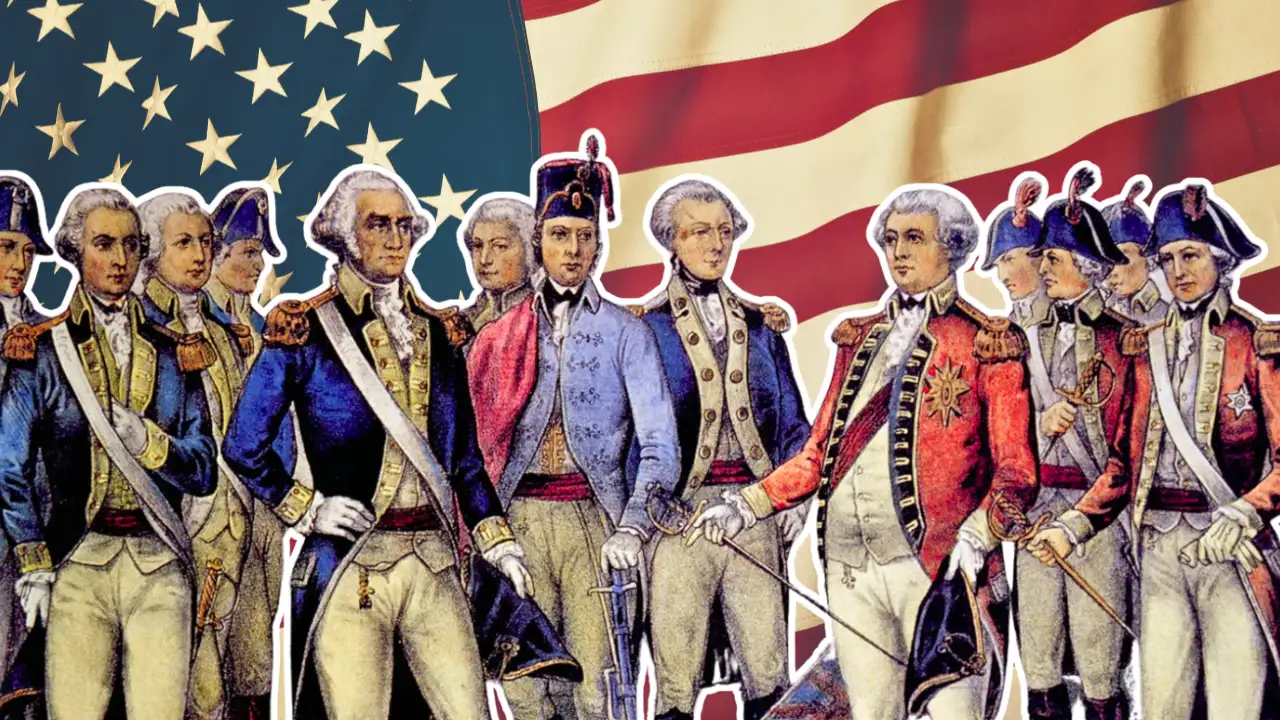By Ishita Roy
On this day in 1776, American gained its independence from the British rule. Their independence day, colloquially known as the Fourth of July is also a federal holiday in the United States which commemorates the ratification of the Declaration of Independence by the Second Continental Congress on this day, that established the United States of America. It was in the early 1600s, when the British king began establishing colonies in America and by 1700s, most of the settlements had formed into 13 British colonies. The names of the states in the US still holds on to the colonial legacy, for instance, New Hampshire in the states is named after the ceremonial county of Hampshire in England. Or Yorkshire inspired New York, and Jersey island inspired New Jersey. Whenever the British conquered a region, they named it after their lands, adding the prefix “New” to it, suggesting a newly conquered land, part of their empire. In many ways, the struggle for independence in the US seems similar to what people have seen in India. First of the many parallels to draw comes from fighting against the same force – the British. If one comes to think about it, there are in fact many instances that may seem similar between the Indian and the American freedom movement. The Boston Tea Party If for India, the First War of Independence was the 1857 Revolution, for the US, a similar parallel was the 1764 American Revolution. The long road of revolution reached its zenith when in 1773 the Tea Act was passed that aimed to save the financially struggling British East India Company by giving it a monopoly on tea sales in the American colonies. The act further imposed a tax on tea, which led to the cry of “taxation without representation or consent”. It was then in the same year on December 16, when 342 chests of tea that belonged to the British East India Company were thrown from ships into Boston Harbor by American patriots who disguised as Mohawk Indians. This was a protest by the Americans on both a tax on tea and the monopoly of the East India Company. This was known as the Boston Tea Party. If it already does not ring a bell, think of the Dandi March or the Salt March in India in 1930. The protest was led by Mahatma Gandhi against the British salt tac in India. In very similar manner like that of the tea case in America, the British had a monopoly on salt production and sale, forcing Indians to buy it at inflated prices. Boycotting British Goods On 20 November 1767, the Townshend Acts made colonists pay duties on glass, paper, lead, paint and tea imported from Britain. The Massachusetts Historical Society notes that the existing non-consumption movement soon took on a political hue as boycotts were encouraged to save money and force Britain to repeal the duties. As a result, merchants organized a non-importation movement and hoped for a decrease in the sale of British goods. The Boston merchants also voted to block English trade in March 1768 and persuaded traders in New York, Philadelphia and other ports to join the boycott. They also boycotted many shops that continued to sell imported goods. Homespun clothing also became a badge of patriotism, and spinning and weaving parties became politically charged social engagements. This is almost like re-living the Indian boycott movement against the British goods under the Swadeshi Movement. It began in 1905, as a self-sufficiency movement in pre-independence India as a direct response to the British government’s decision to partition Bengal. The movement also focused on promoting Indian-made goods, boycotting British products, even burning them, and encouraging hand-spun clothes like Khadi. Principles of Non Violence The Civil Rights Movement in America also used tactics like boycott and non-violence. Led by Martin Luther King Jr., strategies of nonviolent direct action were employed to challenge racial segregation and discrimination, which were prevalent by the British in its plantation. This was one of the first resistance movements against slavery, which went onto play a crucial role in the fight for American independence. In India too, Gandhi was known for his principles of non-violence. Whether it is the Non-cooperation movement, the Civil Disobedience movement, or the Quit India movement, they all followed the principle of non-violence, often pressurising the British Raj internationally to give up its hold. Democracy And Other Shared Beliefs Both, India and the US, swear on Democracy as its standing ground. In fact, when the Indian Constitution came into existence, there were certain features that were borrowed from the US Constitution, including the Fundamental rights, independence of judiciary, judicial review, and the impeachment of the president. In fact, the idea of Objective Resolution of the Indian Constitution in its Preamble that starts with the opening phrase, “We the people”, too is inspired by the Preamble of the United States.
